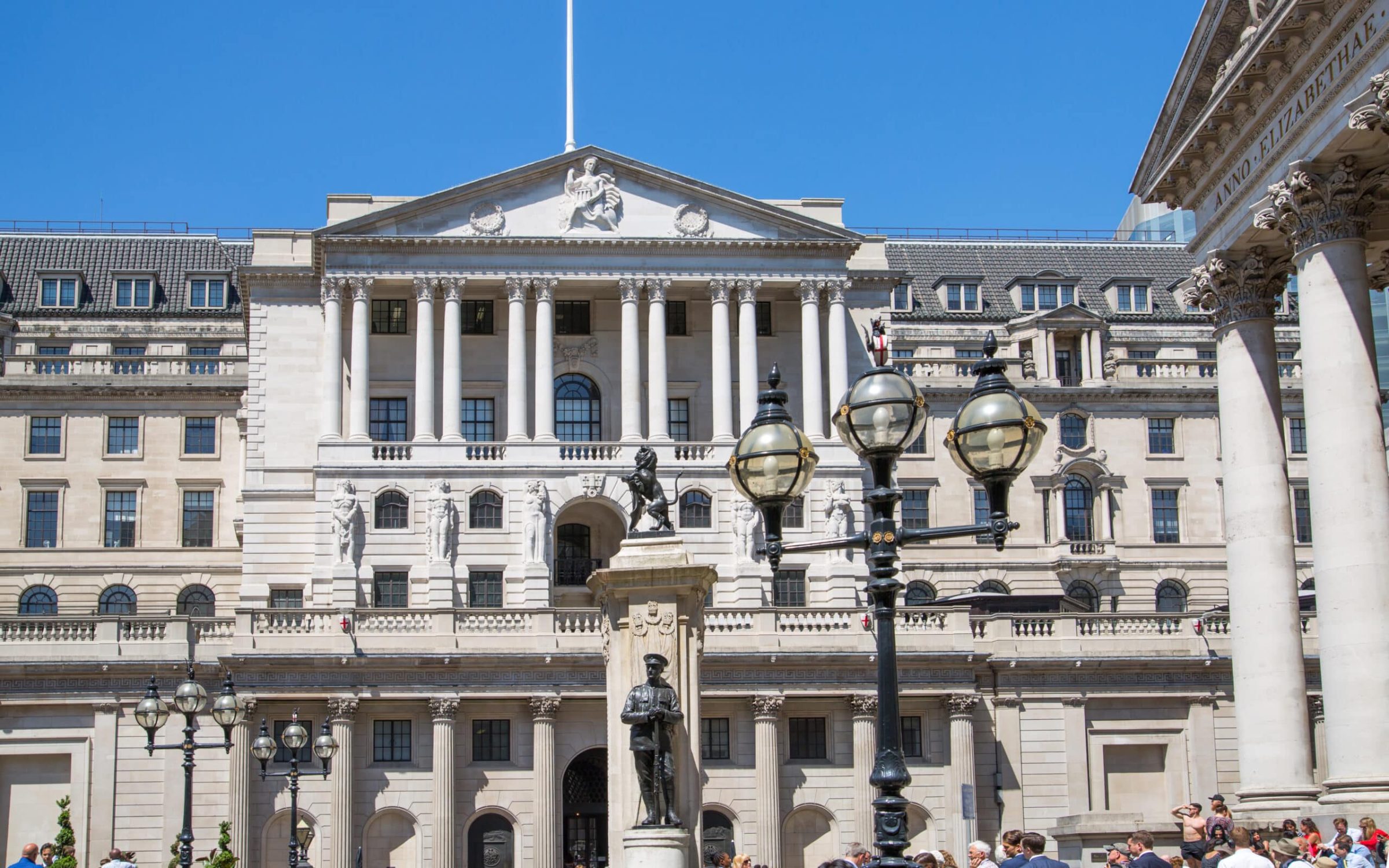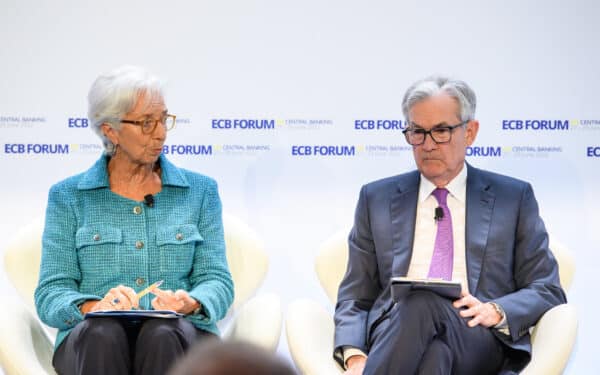Annual inflation on the Consumer Prices Index (CPI) measure was 6.8 per cent in July, according to data released by the Office for National Statistics this morning. This marked a sharp deceleration on June’s rate of 7.9 per cent, matching consensus expectations and marking the slowest rate of price growth since 6.2 per cent was recorded in February 2022. Core CPI inflation remained unchanged at 6.9 per cent in July, while services inflation accelerated from 7.2 per cent in June to 7.4 per cent, the joint highest level since 1992.
On a monthly basis, prices fell by 0.4 per cent in July, down from a 0.1 per cent rise in June, marking the first month-on-month fall in prices since January. The Consumer Price Index including owner occupiers’ housing costs (CPIH) measure of inflation also slowed in July, reaching 6.4 per cent, down from 7.3 per cent in June.
Amongst the main consumption categories, housing and household services was the largest contributor to the monthly slowdown in inflation in June. This was particularly driven by gas and electricity, amidst the implementation of Ofgem’s new energy price cap, which caps bills for the typical household at £2,074. This has meant that for the first time since its inception in October 2022, the price cap stood lower than the £2,500 threshold imposed as part of the Government’s Energy Price Guarantee. As a result, monthly gas and electricity prices fell by 25.2 per cent and 8.6 per cent respectively between June and July this year, thereby placing significant downward pressure on inflation rates for the electricity and gas categories.
In the case of electricity, prices were up by only 6.7 per cent on the year in July, following annual growth of 17.3 per cent in June. Meanwhile, gas prices rose by a modest 1.7 per cent on the year in July, after a 36.2 per cent rise in June. Other categories contributing to June’s monthly slowdown included food and non-alcoholic beverages and communication. Though prices are still rising on the year for these categories, inflation was weaker in July than in June.
Today’s inflation data come after a separate release from the ONS yesterday showed annual growth in regular pay (excluding bonuses) in Q2 amounting to 7.8 per cent, the fastest since comparable records began in 2001. Consequently, this facilitated a return to growth in real terms in regular pay, of 0.1 per cent, in Q2. While policymakers will welcome the return to real pay growth, there will also be concerns that elevated wage growth will place upward pressure on the headline rate of inflation via second-round inflationary impacts. Coupled with the fact that broad-based price pressure still persists, as evidenced by an unchanged core inflation rate and accelerating services inflation – a critical indicator of domestic price pressure – it is clear that there is still a long way to go before a return to low and stable inflation.
Looking further ahead, Cebr expects a continued deceleration in the rate of inflation. Yet, the adjustment back towards target will be a slow process, given the presence of lingering pressure in the economy. Indeed, we are currently forecasting a CPI inflation rate of 4.4 per cent for December, meaning price growth will be more than twice the target rate of 2.0 per cent even by the end of the year, and an inflation rate within one percentage point of the target is not expected until 2025. Meanwhile, Cebr also expects the Bank of England (BoE) to continue its course of monetary tightening for a while longer, in an effort to stymie demand-side pressure. We forecast that the BoE will hike rates by 25 basis points following the next meeting of its Monetary Policy Committee in September, with a further increase possible later in the year.

Pushpin Singh is Senior Economist at Centre for Economics and Business Research
Write to us with your comments to be considered for publication at letters@reaction.life




